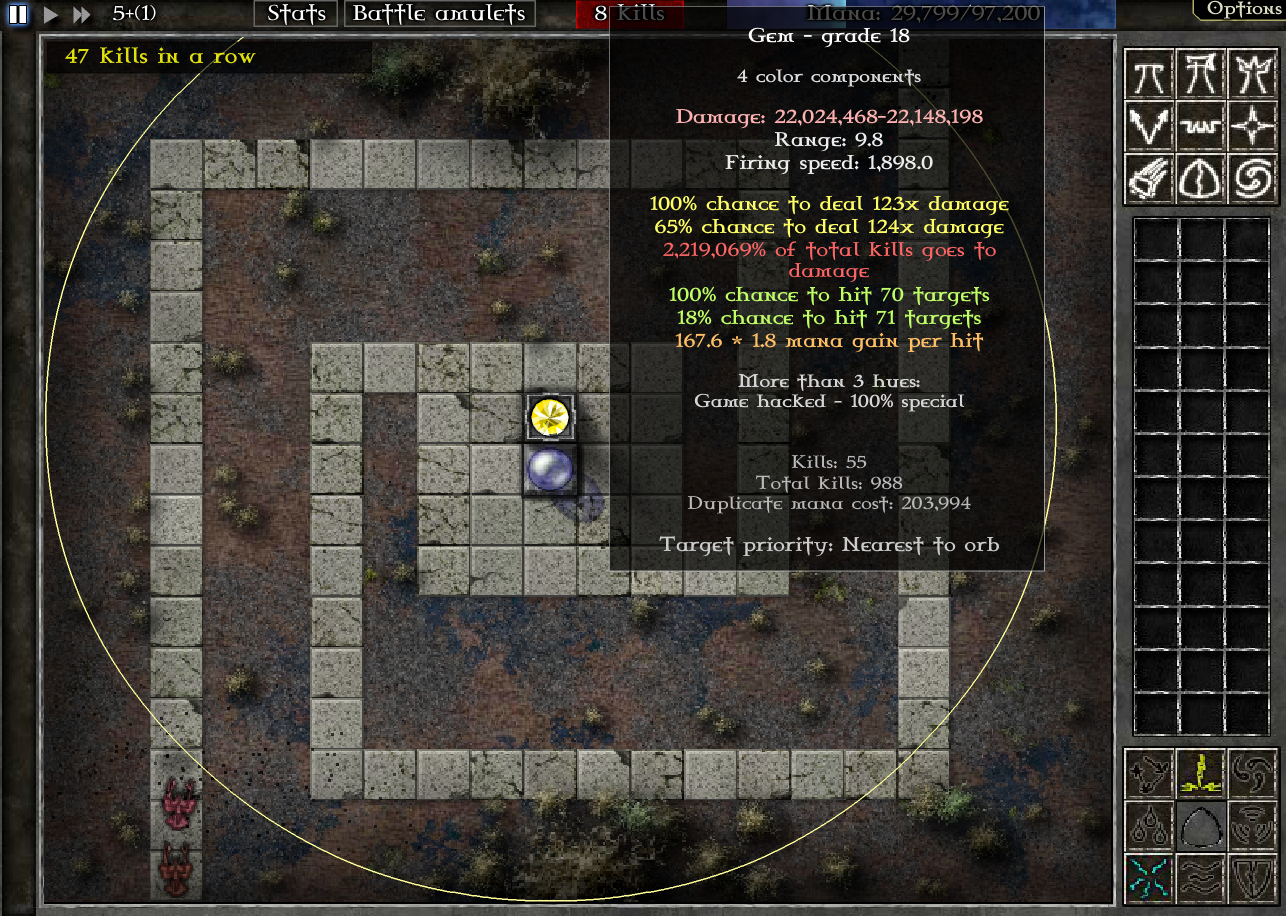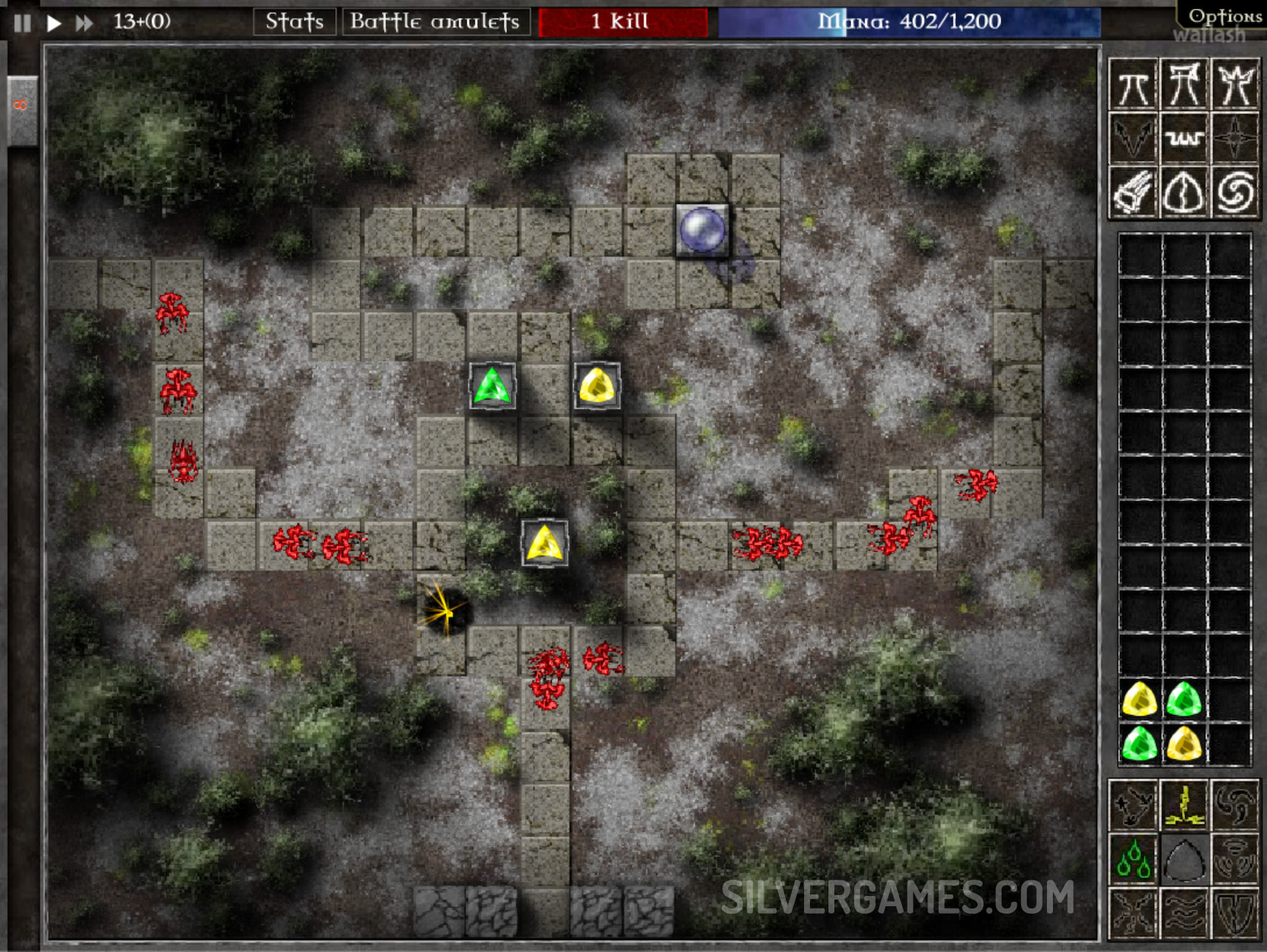



Sections of placentas at E9.5–14.5 stained with DAPI to label nuclei and reveal tissue architecture. Removal of the decidual stroma and the allantois is marked by scissors and cut lines. ( A) Schematic showing the main regions of the placenta – Labyrinth, Junctional Zone, Parietal TGC, and Decidua. Beneath the JZ, closest to the embryo, is the labyrinth, which is specially designed to maximize surface area for gas and nutrient exchange between maternal and fetal blood ( Figure 1A Simmons et al., 2008a Soncin et al., 2015 Woods et al., 2018). The JZ lies directly beneath the decidua and consists of parietal trophoblast giant cells, spongiotrophoblast, and glycogen cells that largely function in hormone secretion and metabolism ( Simmons et al., 2007 Woods et al., 2018). Select fetal trophoblast invade into the maternal decidua and remodel and line maternal arteries, facilitating maternal blood to flow into the fetal portion of the placenta ( Adamson et al., 2002 Maltepe and Fisher, 2015). The mouse placenta is separated into three main regions – the decidua, the junctional zone (JZ), and the labyrinth. The placenta performs many essential functions including transport of nutrients and exchange of gases and waste between maternal and fetal blood, production and uptake of hormones, and regulation of the maternal immune system ( Maltepe and Fisher, 2015 Woods et al., 2018). The placenta links maternal tissues and the embryo, providing necessary support and instructing the development of the embryo. These data profile placental development at an unprecedented resolution, provide insights into differentiation and function across time, and provide a resource for future study.
Gemcraft labyrinth e12 drivers#
Analysis by snRNA-seq identified transcript profiles and inferred functions, cell trajectories, signaling interactions, and transcriptional drivers of all but the most highly polyploid cell types of the placenta. Timepoints extended from progenitor-driven expansion through terminal differentiation. Here, we address questions concerning the ontogeny, specification, and function of the cell types of a representative hemochorial placenta by performing single nuclei RNA sequencing (snRNA-seq) at multiple stages of mouse embryonic development focusing on the exchange interface, the labyrinth. A substantial challenge has been the syncytial cells of the placenta, which have made dissociation and independent evaluation of the different cell types of this organ difficult. However, our understanding of this essential organ remains incomplete. The placenta is the interface between mother and fetus in all eutherian species.


 0 kommentar(er)
0 kommentar(er)
